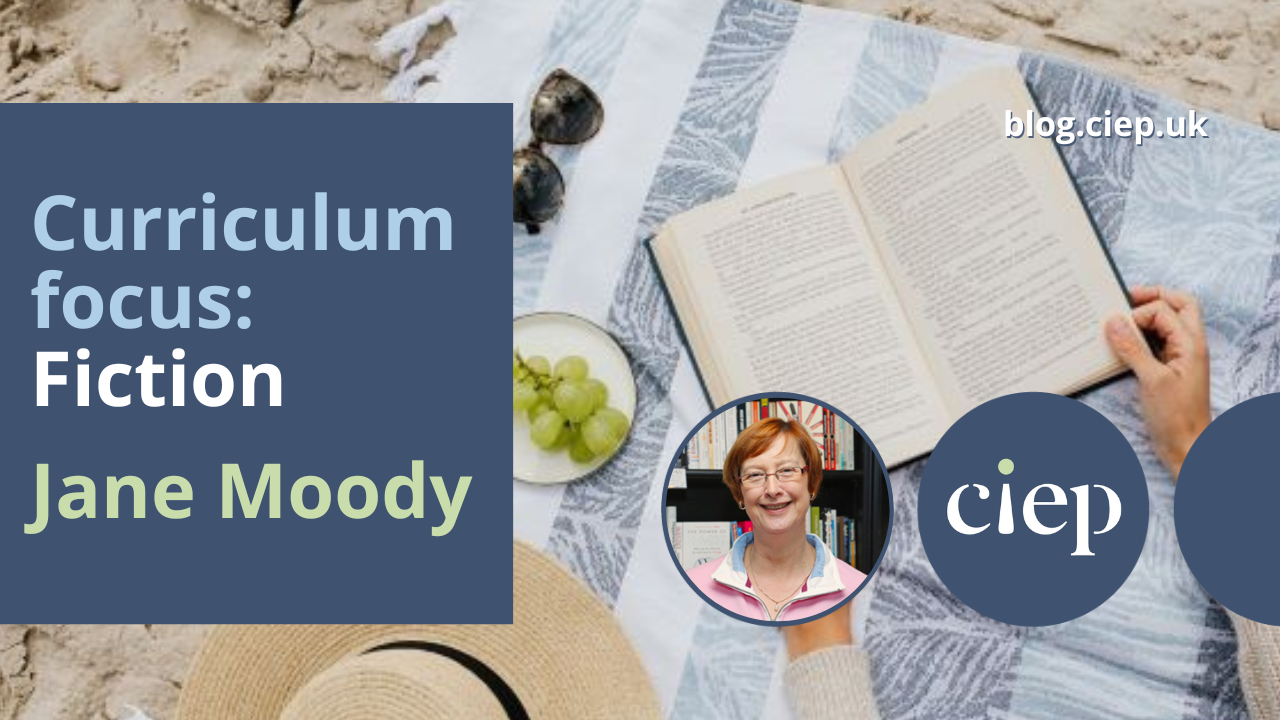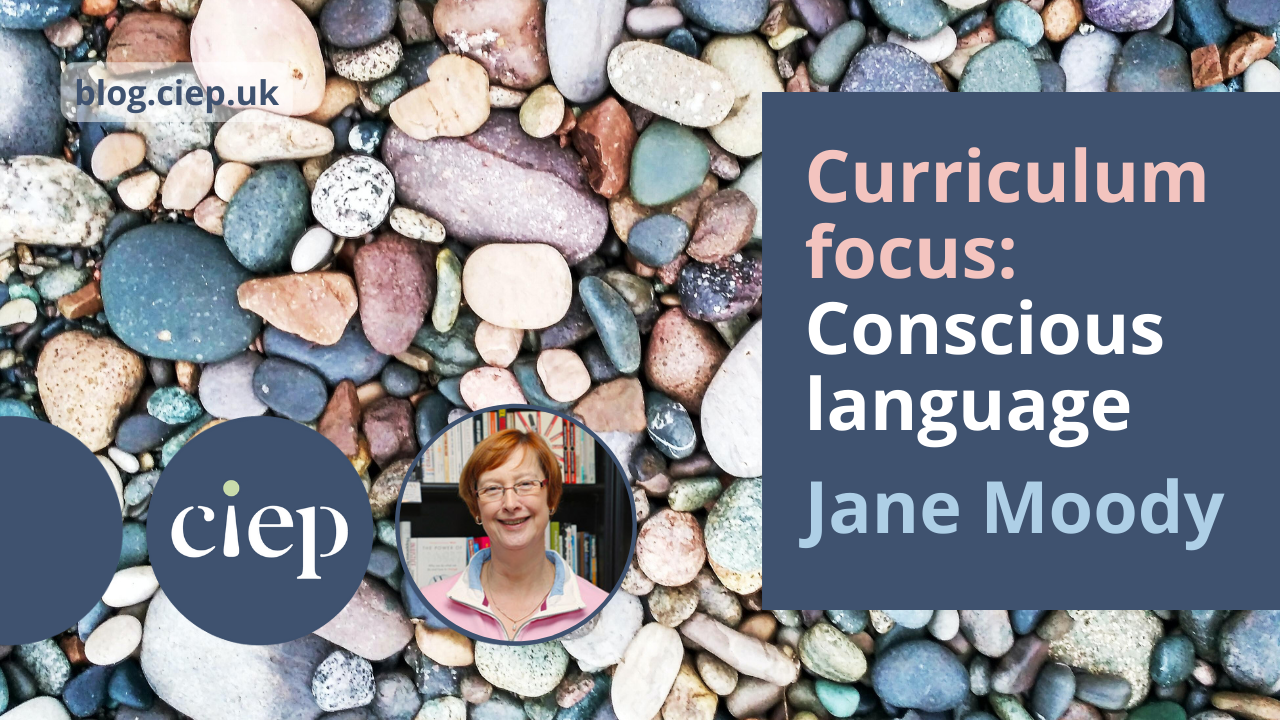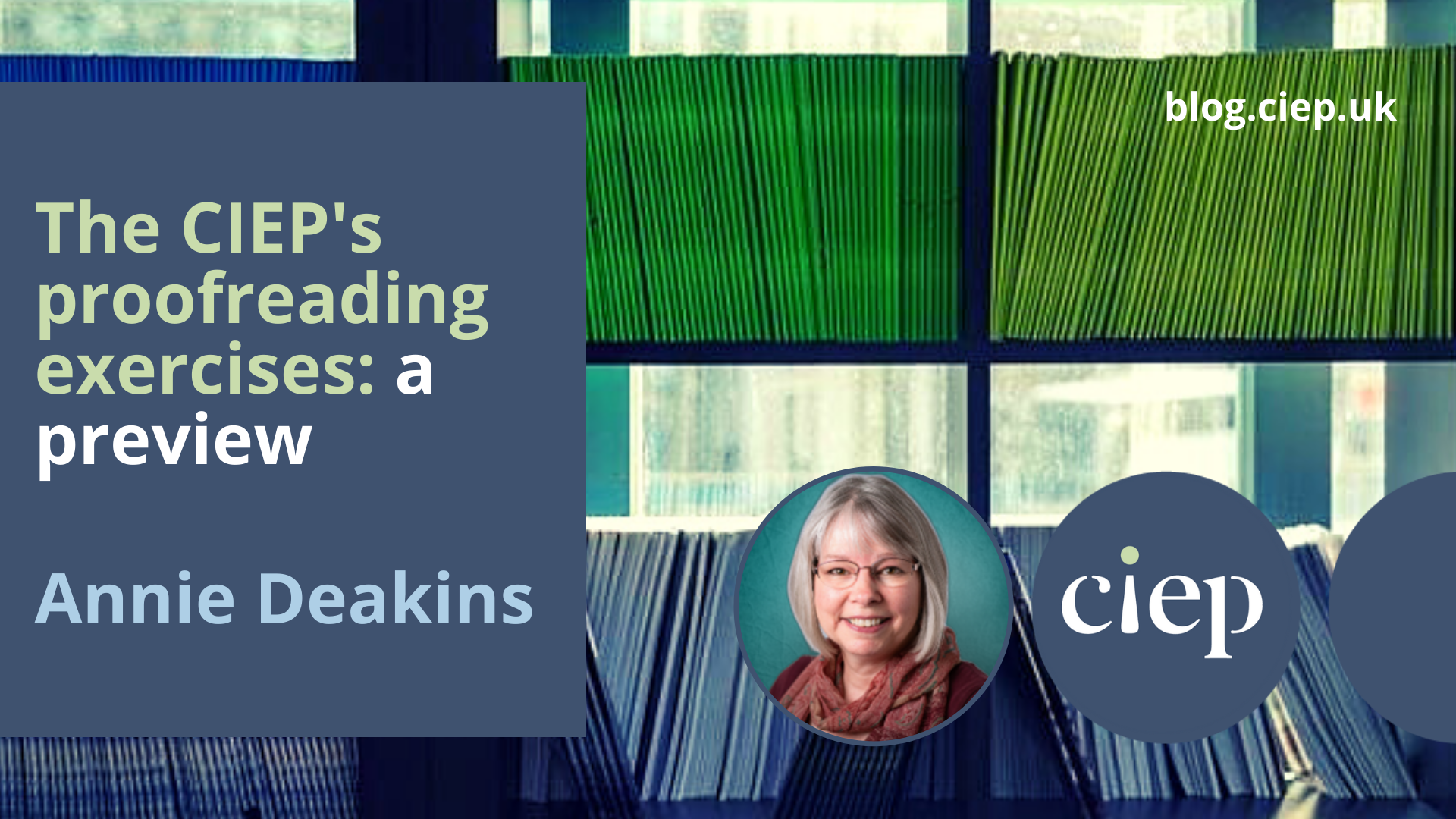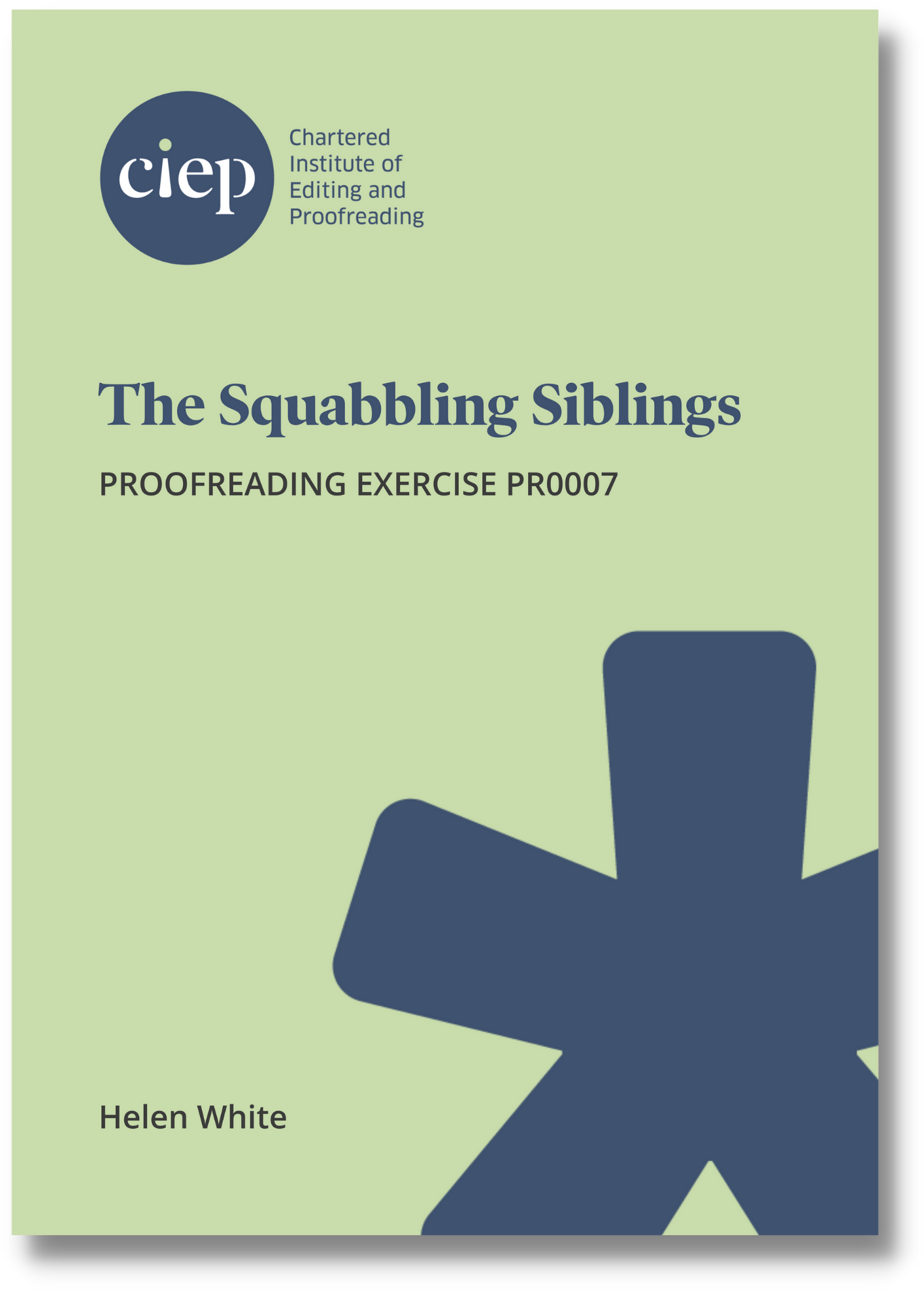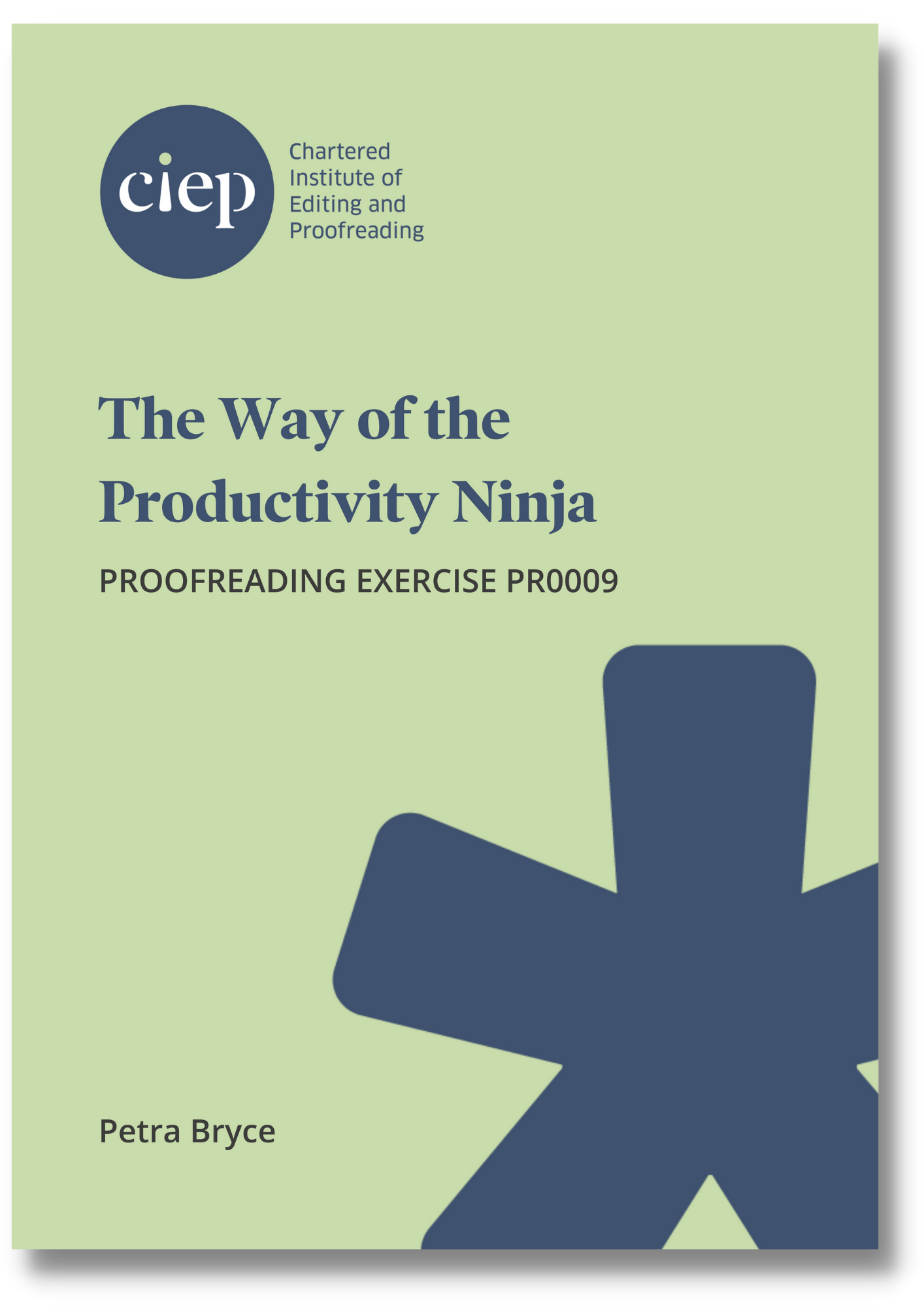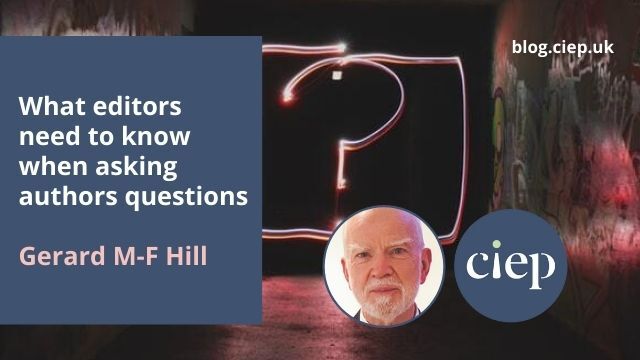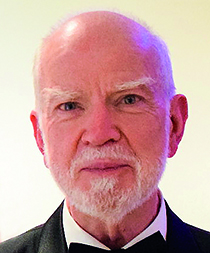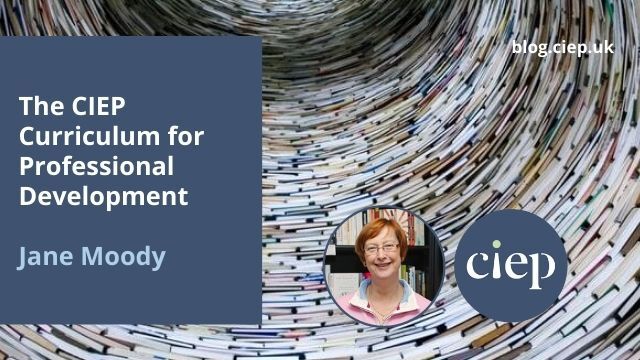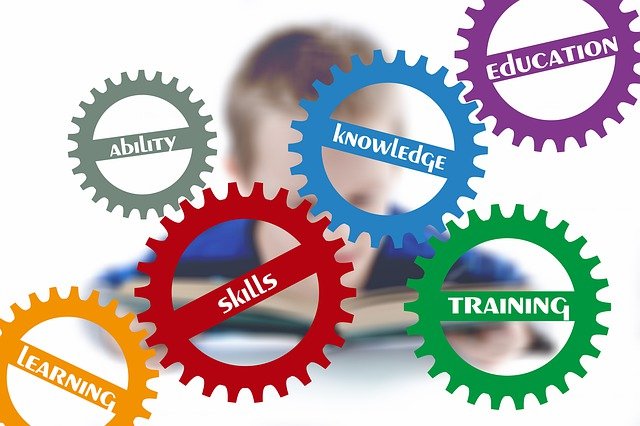Proofreading has long been touted online as a good way to supplement a regular income – the side hustle. This post by Louise Harnby examines the notion, and explores the challenges.
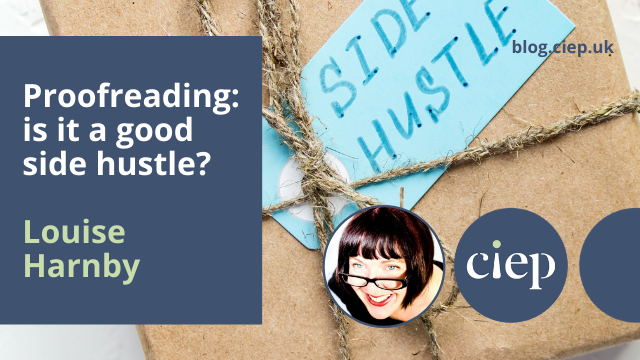
In this post, we’ll look at the following:
- What is a side hustle?
- The problem with the terminology
- Proofreading as a side hustle – popular but problematic
- Do I need training?
- Who am I competing with?
- Who hires professional proofreaders?
- How will I find work?
- Additional considerations
What is a side hustle?
A side hustle is the term used to describe part-time work that’s done alongside a person’s regular job. Side hustles can be long-term or short-term gigs, and they’re popular because they allow people to dip their toes in the proverbial water rather than fully committing to a career change.
For some, they’re essential, either because their day jobs aren’t generating enough income to meet their costs of living or because their day jobs don’t come with an income at all – for example, those bringing up children or caring for dependants.

The problem with the terminology
In the editorial world, there’s resistance to the terminology owing to the negative connotations of hustle.
Editorial work is about attention to detail, about respecting a client’s voice and brand, about shaping and smoothing text rather than butchering it.
And editors and proofreaders do love their dictionaries. Which doesn’t help matters given hustle’s lexical association with pushiness, pressurised selling, prostitution, and worst of all, fraud.
Since professional self-employed editors and proofreaders spend a chunk of their time trying to build trust with clients searching for editorial support in what is essentially an unregulated global market, it shouldn’t come as a surprise that mention of a hustle makes them twitchy!
Proofreading as a side hustle – popular but problematic
Let’s put the terminology to one side. Can proofreading work be done on the side? Yes. Can a proofreading business be set up overnight? In name, certainly. However, the reality is that unless you already have clients waiting in the wings, you’re going to have to do what every self-employed business owner does – find them, or enable them to find you. Which means marketing.
Furthermore, you’re going to have to find those that you’re a good fit for, and that means skilling up.
Training takes time to complete and marketing takes time to bear fruit. For that reason, if you’re looking to earn extra income quickly, proofreading makes for a poor side hustle.

Do I need training?
Side hustlers in the making might be wondering if training is necessary. Put yourself in a potential client’s shoes. Even if you’re a mega marketer, such that you get in front of your clients quickly, persuading them to hire you requires them trusting you to do a great job.
Trust can be earned in more than one way, but training’s part of the equation. When the tap starts dripping or a plug starts sparking, I don’t want someone messing around with my plumbing and electrics if they haven’t made the effort to ensure they know what they’re doing.
Clients who want help with their words feel the same way about having their text polished. And so they should. The work we do will cost them tens, hundreds, perhaps even thousands of pounds. Proofreaders charging for their services owe it to their clients to be qualified to do a great job.
Plus, we don’t know what we don’t know. Prior to carrying out editorial training, I had no clue what a publisher expected from a proofreader. Training solved that problem. One thing I learned is this: a good command of spelling and grammar is just the tip of the editorial iceberg.
Here’s just a smidgen of the skills my publisher clients expect from a proofreader – issues that once read like gibberish to my untrained eye.
- Marking up page proofs with BSI proof-correction symbols
- What to do with overmatter
- How to manage orphans and widows
- How to check running heads
- Handling stacked hyphens on rectos
- Checking that references are styled according to APA or Harvard
 Who am I competing with?
Who am I competing with?
Something else the side hustler should consider is the competition. This is not a barren marketplace, alas. There are tens of thousands of editorial professionals out there already, many of whom run their businesses as full-time enterprises. They:
- are highly trained, often with specialist skills and knowledge
- are very experienced and have portfolios to prove it, and
- have been around for a while so know how to be found and where to get work.
That said, there is always room for new proofreaders and editors because most of the work these days is done digitally, which means the market is global. And just as people join the profession, so others leave it.
However, it would be a mistake to think that competing in the proofreading market is just about supply and demand. It’s a digital world, which means the name of the game is visibility.
Who hires professional proofreaders?
First, the good news. Anyone who works with words and cares about their meaning and readability will be interested in hiring a proofreader. This short list of potential clients only scratches the surface.
- Academics
- Business owners
- Educators
- Independent authors
- Marketing and communications agencies
- Packagers and project management agencies
- Publishers
- Students
That’s the easy bit. The harder bit is that not all clients know what kind of editorial help they need. And so, even if they ask for something called ‘proofreading’, and that’s what you’re offering as a side hustle, it might be the last thing they need. Literally.
In fact, they might need specialist structural or stylistic help that doesn’t fall under the scope of proofreading at all. Proofreading is a final quality-control check after other rounds of editing.
So if you’re thinking about offering this service as a side gig, make sure you and anyone you work with understand the precise scope of the work you’re offering.
Failure to do so could lead to disappointment, complaints and requests for refunds, thereby turning your side hustle into an upfront hassle.

How will I find work?
Getting work means being visible. Either the client has to find you or you have to find them, meaning anyone looking to earn an income from proofreading needs to have marketing skills as well as proofreading skills.
That’s a necessary time-sucker that any independent editorial pro needs to wrap their head around from the get-go.
There are lots of ways to be visible, some better than others, depending on what types of clients you want to proofread for.
- Emails, letters and phone calls are good options if you want to get on the radar of publishers and packagers.
- Content marketing is a slow but powerful burn for those wanting to be found on Google and social media by authors, students and academics.
- Freelance directories can be a good source of work, though are often the first port of call for clients looking for cheap and fast.
- Many professional editorial associations such as the CIEP have editorial directories that can be good lead generators for appropriately qualified proofreaders.
Proofreading might seem like your ideal side hustle but you must factor in regular time to get the work in the first place. There’s too much competition not to do so.
Additional considerations
Finally, don’t forget the additional business-critical responsibilities that come with the job, even if it is on the side.
- Will you need indemnity insurance to protect yourself?
- Will the income you earn need to be declared to the relevant authorities? Will there be tax implications? Might your additional income affect any state benefits you receive?
- Do you have funds in place for training and marketing? Both have costs to them.
- Do you have access to an environment that will allow you to concentrate and work without interruption?
- Do you have industry-standard hardware and software, and know how to use it?
- How many hours a day do you have available, and will you be able to meet clients’ deadlines? High-quality proofreading is labour-intensive work. Even experienced full-time proofreaders will need at least a week to proofread a novel. Being realistic about the time required is essential.
Summing up
Proofreading can be used to supplement income from another job. Many full-time professional proofreaders started their editorial journey by doing it on the side.
Don’t forget that being a proofreader means becoming one first – via training. And making your side hustle viable means being found by those who need your services – via marketing.
It can be done – just not overnight.
Want to become a proofreader?
The CIEP has loads of support and information to help you get started.
And Louise Harnby has a selection of books and courses to help you on your journey.
About Louise Harnby

Louise Harnby is a professional fiction editor with 30 years’ publishing experience, and specialises in working with independent crime, thriller and mystery writers.
She is an Advanced Professional Member of the CIEP and co-hosts The Editing Podcast with Denise Cowle.
 About the CIEP
About the CIEP
The Chartered Institute of Editing and Proofreading (CIEP) is a non-profit body promoting excellence in English language editing. We set and demonstrate editorial standards, and we are a community, training hub and support network for editorial professionals – the people who work to make text accurate, clear and fit for purpose.
Find out more about:
 About the CIEP
About the CIEP


